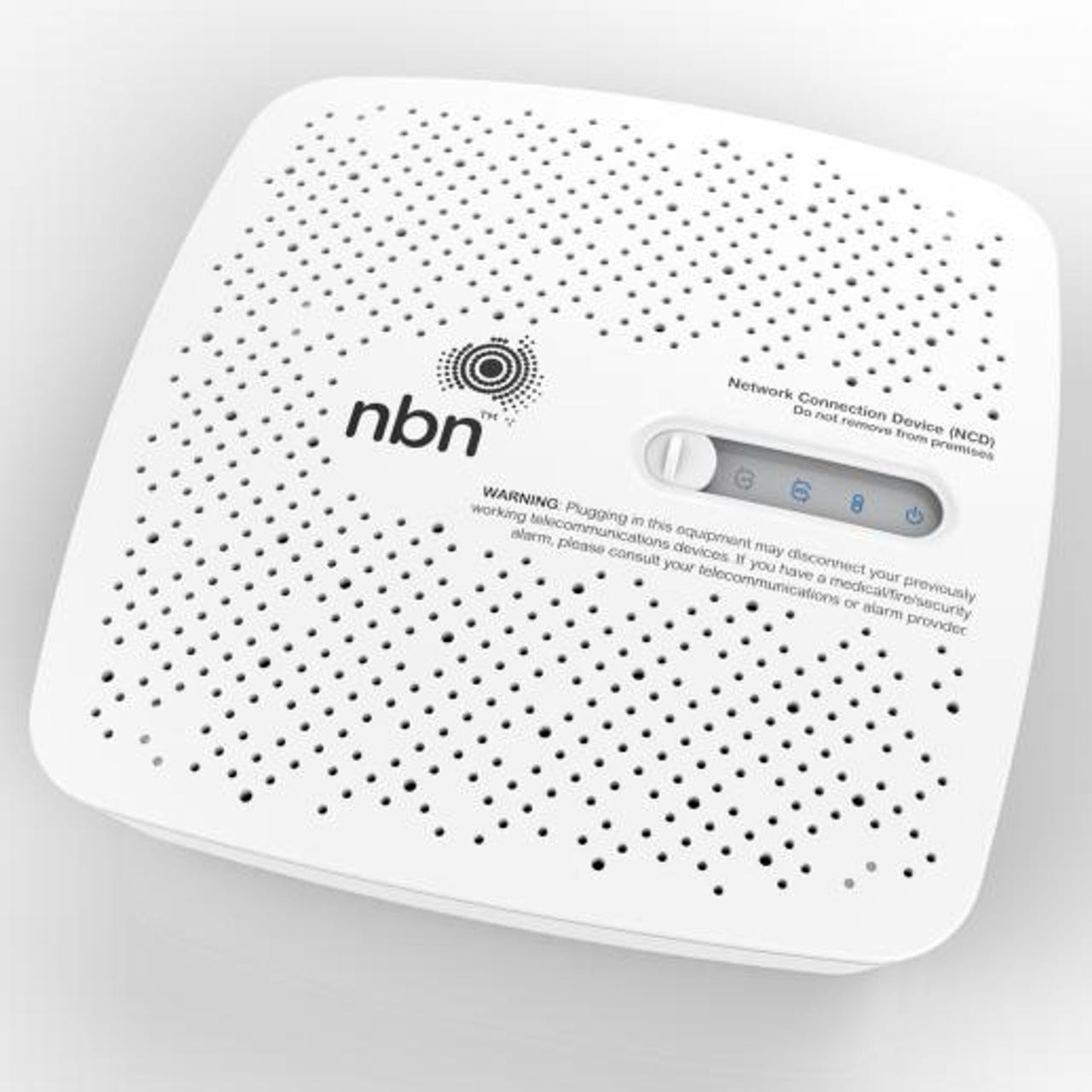NetComm Wireless unveils FttC network connection device


Australian telecommunications technology company NetComm Wireless has announced developing the world's first fibre-to-the-curb/distribution point (FttC/DP) network connection device (NCD).
NetComm's NCD incorporates a G.fast and VDSL modem and is able to monitor and report diagnostics on the performance of the line going into a premises.
The NCD is used in conjunction with NetComm's FttC distribution point unit (DPU), and includes a reverse-power feed allowing the DPU to be powered via the customer's premises.
NetComm CTO Steve Collins told ZDNet that the NCD brings FttC solutions up to the same point that fibre-to-the-premises (FttP) is at, in that it powers the DPU and provides the modem to the end user, with retail service providers then simply connecting them.
"The NCD in our opinion completes the ecosystem of what the distribution point unit set out to solve," Collins told ZDNet on Monday.
"If you're looking at fibre to the home, you get a fibre going in and then you have a product that goes into your home called an ONT -- optical network termination -- and the ONT converts a fibre into an Ethernet signal," he explained.
"With fibre to the DP historically, that product didn't exist; you had this distribution point product in the pit out the front of your house, it delivered VDSL or it delivered G.fast into your home, and then you had to ... supply a modem into the home. You'd need a reverse-powered unit and you'd need a modem into the home.
"The NCD closes that loop."
Building in reverse power capabilities and the VDSL/G.fast modem makes FttC easily deliverable to the home in an "all-in-one product", he explained.
"[It] gives you an Ethernet port just like an ONT would for a fibre-to-the-home solution," Collins added.
"So that integration of the reverse power and the modem in one product, and the software that's in that product to be able to be managed and controlled by the network operator to offer a network grade solution to the home, we feel it is quite unique."
NetComm has already seen a "large" volume order for its NCD product from Australia's National Broadband Network (NBN) company, which it said is worth AU$66 million in revenue, including AU$40 million in incremental revenues within 18 months of launch.
"We now have this product in front of a number of customers, but NBN is the most mature customer that we have, really because NBN's going so early," Collins told ZDNet.
"We are in active discussions with Openreach at the moment about how that fibre to the DP product would take shape, and the NCD has been mentioned."
NetComm also expects NBN's volume order to grow over time, with Collins saying the latter will now undertake trials of the product inside its National Test Facility in Melbourne ahead of launch NBN's FttC launch in 2018.
In November last year, NBN had announced that NetComm Wireless would be supplying its FttC DPUs and related services. This was as a result of NetComm directly tendering for the FttC contract after NBN specifically asked it to take part, Collins told ZDNet earlier this year.
Under the deal, NetComm will supply NBN with one-port and four-port DPUs to be installed in pits outside premises to connect the legacy copper with fibre within NBN's FttC footprint of 1 million premises.
ZDNet revealed last year that NBN will be launching its FttDP network not with new G.fast as per its trials, but instead with old VDSL technology. It will enable G.fast before the end of next year.
FttC trials in the United Kingdom have seen NetComm's G.fast DPU attain 1.66Gbps aggregate speeds in partnership with Openreach using 40 metres of copper lead-in cable as well as spectrum frequency of up to 212MHz.
The NetComm DPU can be installed on either a telegraph pole or in a pit to provide aggregate gigabit speeds when within 150 metres of a premises, according to the company.
NetComm is also working with NBN on its fixed-wireless network, helping the broadband company attain gigabit speeds and developing a fixed-wireless network terminating device that allows a 100/40Mbps fixed-wireless product.
The company's fixed-wireless solution is also being rolled out across 18 states in the United States in partnership with AT&T.
Related Coverage
Vodafone launches NBN services
Customers whose premises are ready for service across Sydney, Melbourne, Canberra, Newcastle, and Geelong are now able to order an NBN service from Vodafone.
ACCC appoints SamKnows to monitor NBN speeds
SamKnows will be monitoring fixed-line NBN speeds for the next four years, while the ACCC has said only Telstra and Optus have made changes to their advertising based on its guidance in August.
ACCC examines Telstra FttC migration plan
Telstra has submitted a proposed variation to its plan for migrating customers off existing broadband services onto the NBN to make way for fibre-to-the-curb technology.
NBN HFC pause will cost Telstra AU$600m in FY18 EBITDA
The decision by NBN to pause its HFC rollout while it repairs network issues will cost Telstra AU$600 million in EBITDA, AU$700 million in total income, AU$200 million in free cashflow, and AU$600 million in net one-off NBN receipts over FY18, the telco has said.